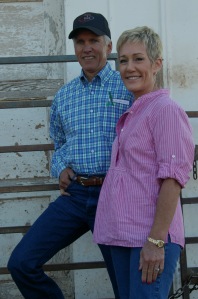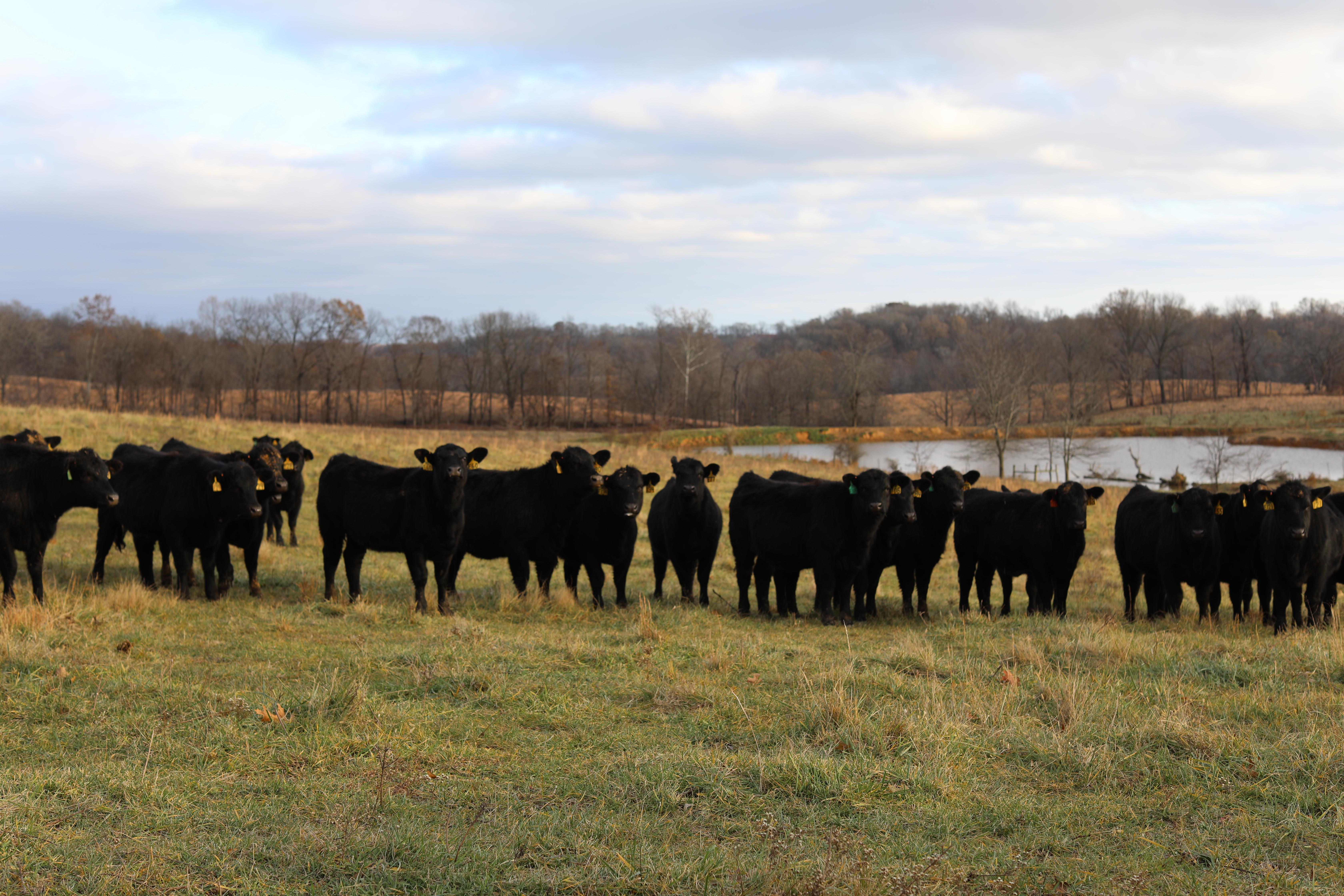Many feedlots also take on some banking functions, financing cattle, feed, transportation and other expenses at competitive interest rates with no payments due until finished cattle are sold, according to beef cattle specialists with CAB. Paul Dykstra and Gary Fike say these services can be necessities.
“Without the right financing scenario, it may not even be feasible to retain ownership,” Dykstra says. “But partnering is one of the surest ways to establish trust.”
Once you decide to establish that link to cattle feeding, it’s time to formulate that list and find a feedlot partner you can trust, Fike says. The first variable to consider in this formula is hard to quantify: feedyard reputation.
You can ask Extension agents, veterinarians and cattle feed nutritionists, work through feeder and rancher associations or browse the Web. You could take a more personal approach.
“Ask for recommendations from your neighbors, friends and other people with the same type of cattle and experience in feeding,” Fike suggests. “Ask about the yards and managers they are comfortable with and that have a record of consistent performance.”
Sebranek gladly provides references. “If I know someone in your area, I’ll ask my customers if they mind new customers calling them, because they want to see what their cattle can do here.”
Establish special marketing needs and exactly what you expect, Dykstra recommends. “If you age-and-source verify or raise natural animals, make sure the feedlot will capture those premiums and aggressively pursue all marketing opportunities for your cattle,” he says.
Some yards will return data on pens of cattle only; others will provide individual animal data. Make your data needs clear from the start, and get a firm commitment from the manager.
“The feedlot should be experienced in accessing carcass data, so it’s part of the normal business of the lot,” Dykstra says. “If a manager says, ‘We can sure try to get you some carcass data,’ that’s not good enough. It’s already clear he’s not sure about it.”
Feedlot performance may be of more immediate concern, Loy says.
“A feedyard must provide the services a producer thinks are important, and they have to do it in a cost-effective way,” he says. To show what they can do, feedlot managers should provide detailed performance reports, closeouts that explains yardage and feed charges, chute fees, typical medical costs and any other financial obligations. Producers should ask to see closeouts that exemplify cattle similar to their own size, type and background.
Itemized charges and fees vary from yard to yard, so don’t worry about the small things, Loy advises.
“You may be comparing different costs on kind of an apples-to-oranges basis,” he says. “Focus on comparing the bottom line and total cost of production.”
When the numbers add up, the only decision left is that first one: who can you trust? Sebranek says, “If you’re not comfortable with a feedyard, then it’s not going to work, no matter if they do a great job for you or not.”
Personal visits will convey a feeling for the feedlot’s maintenance, animal treatment and staff integrity. “We’re in the people business as well as the cattle business,” Loy says. “One thing about cattlemen is they have a sense about business relationships, and many times they just need to go with their instincts. They need to find people they trust, and if something doesn’t seem right at a feedlot, it probably isn’t.”









